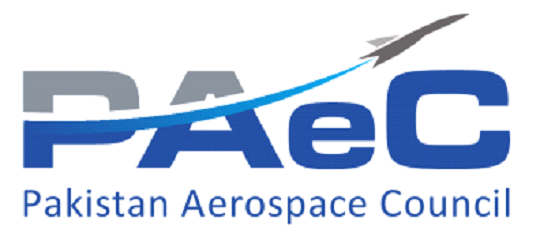Smart Farming by UAVs
With a few taps on a cell phone, a drone in the distance intelligently sows seeds into the field. It only takes 4 minutes to complete the planting of an acre.
Such a scene really happened in Duhu Town, Taishan City, Jiangmen, Guangdong, China. Recently, agricultural science and technology personnel Qin Haigang brought a new type of intelligent spreading drone to the rice fields of various large farmers in Duhu Town to introduce them to the latest direct drone seeding technology.
“This intelligent spreading system drone can load 20 kg of seeds at a time, and the planting area reaches 4 acres.” Qin Haigang opened the operating system, swiped his fingers a few times, and the drone flew to two meters above the paddy field and put Seeds are spread evenly across the field האתר שלי.
Qin Haigang introduced: This drone is very convenient to operate, it can be operated with a mobile phone, and the accuracy is within 10 cm. “It achieves the purpose of seeding by air jet, which can better protect the seeds and the spacing of the seeds is very precise.”
According to on-site statistics, the intelligent planting of 7 acres of experimental fields was completed by drone, and the planting was completed in 30 minutes. The average planting time per acre was only 4 minutes. Li Ziming, the person in charge of Mingyang Agricultural Machinery Professional Cooperative in Duhu Town and other members of the cooperative expressed satisfaction with the test results after the on-site observation.
Large farmer Li Ziming told reporters: Now 120 acres are being cultivated, and drone planting now saves time and effort than I used a rice transplanter. If successful, it will drive surrounding farmers to plant drones together. According to Qin Haigang, UAV intelligent broadcasting technology is a new technology gradually promoted in recent years. Compared with traditional technology, UAV intelligent broadcasting has three major advantages:
The first is to reduce the steps of raising seedlings and transplanting seeds, and to spread the seeds directly on the rice fields. Second, the cost of sowing is lower. The third is to save seeds. The traditional transplanting method requires an average of 7-10 kg of seeds per acre, and the drone only needs 4 kg of seeds per acre.










